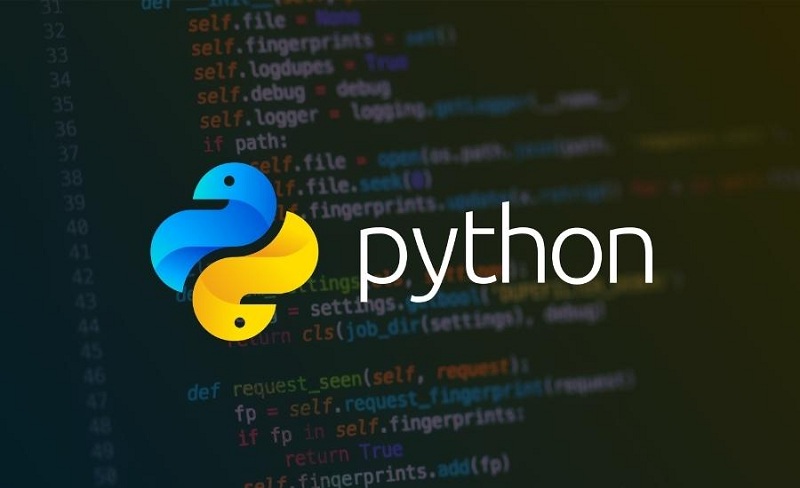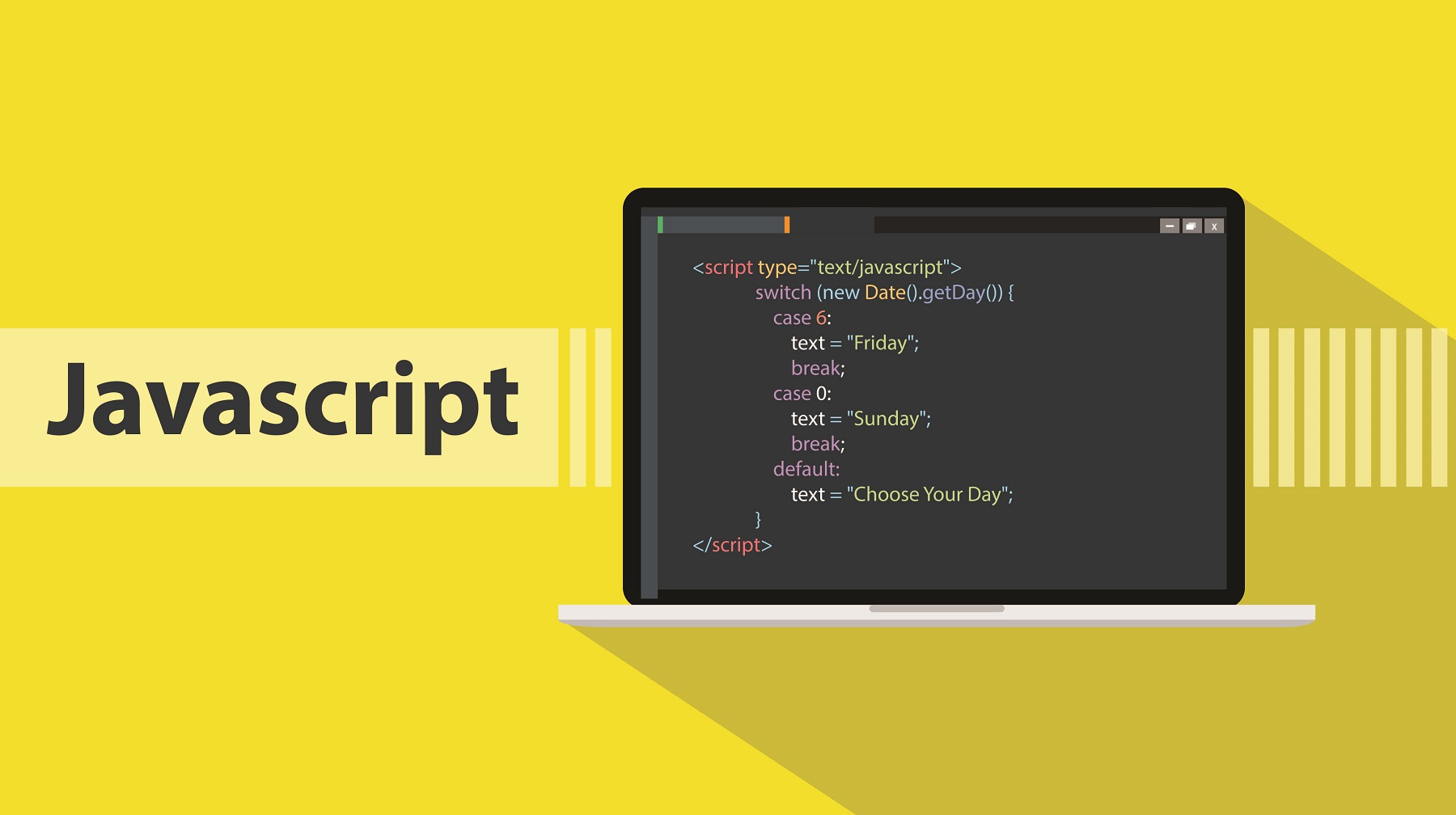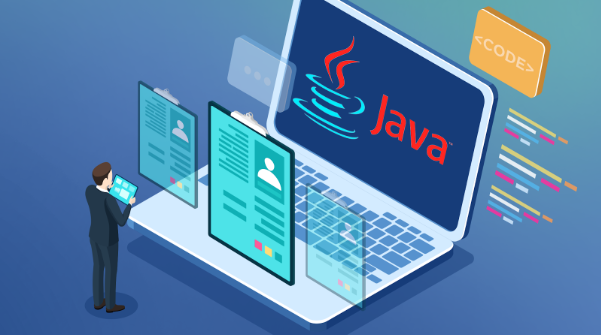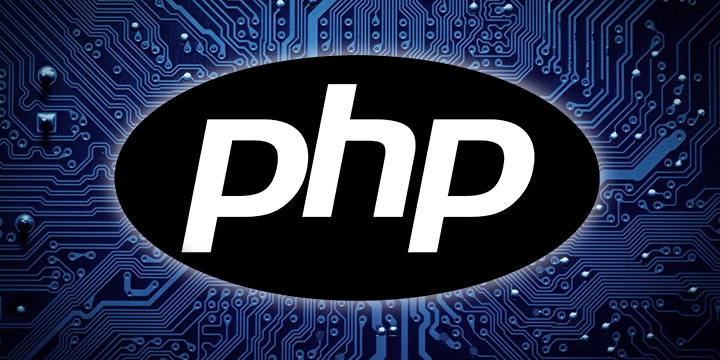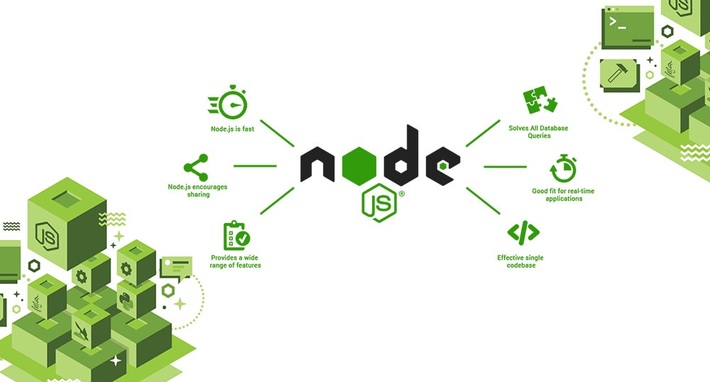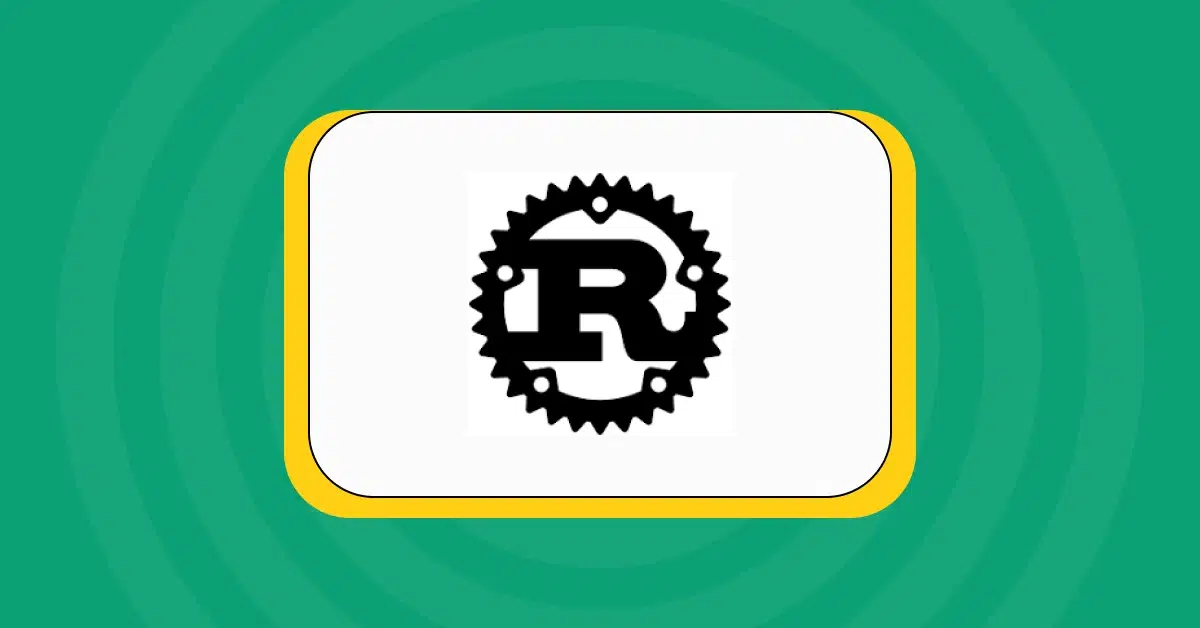The terms Java, server-side development, PHP, and Ruby likely spark a sense of recognition for many. If so, you’ve got a grasp on the concept of backend technologies! These are the essential building blocks of your website or web application, the unseen forces that ensure your platform functions flawlessly in response to user interactions.
Today’s world offers a vast array of tools and technologies for backend development, encompassing backend frameworks, databases, programming languages, and more. Each technology boasts unique advantages, making it crucial to select the option that aligns perfectly with your project’s goals.
For newcomers to this field, understanding these concepts can be overwhelming, and that’s just the beginning! While definitively declaring the “best” backend languages in such a rapidly evolving industry is a challenge, a well-informed shortlist can be incredibly valuable.
Here at Onextdigital, we’re not fortune tellers, so crystal balls are off the table. Instead, we’ll leverage our development expertise to guide you through the top backend technologies for your next project. Stay tuned, delve into the rest of this blog, and prepare to unlock your backend development knowledge!
Powering Your Apps: Python
Kicking off our list of top backend technologies is Python, a general-purpose, dynamically interpreted programming language experiencing a meteoric rise in popularity. Its versatility and ease of use make it a powerhouse for web development, excelling in areas like machine learning, artificial intelligence, scientific computing, and more. In fact, the TIOBE Index reports that Python boasts the highest year-over-year growth (1.86%), solidifying its position as a leader when compared to other backend languages like Java.
Why Choose Python for Backend Development?
- Simplicity Above All: Python’s renowned readability makes it an ideal choice for beginners, allowing them to grasp concepts quickly.
- Pre-Built Solutions at Your Fingertips: Python boasts a vast ecosystem of libraries and frameworks, saving you time by eliminating the need to reinvent the wheel.
- Platform Agnostic Power: Write code once and run it anywhere! Python’s portability ensures your codebase functions seamlessly across various operating systems.
Who Trusts Python?
Leading companies like NASA, Spotify, Google, Instagram, and Amazon all leverage the power of Python in their backend development.
JavaScript: A Versatile Backend Choice
JavaScript’s unique strength lies in its ability to shine on both the front-end and back-end of web development. This versatility has propelled JavaScript to become a highly sought-after language, offering several advantages for backend development.
- Superior Interoperability: JavaScript seamlessly integrates with various third-party resources, promoting smooth data exchange and enhanced functionality within your application.
- Dynamic Interfaces: JavaScript excels at creating dynamic user interfaces that respond and adapt to user interactions in real-time, leading to a more engaging user experience.
- Reduced Backend Load: By executing basic functionalities directly on the client-side, JavaScript helps alleviate pressure on backend technologies, allowing them to focus on more complex tasks.
- Asynchronous Processing: JavaScript’s asynchronous processing capabilities empower developers to handle multiple code blocks simultaneously, boosting overall code efficiency.
- Dynamic Data Types: JavaScript utilizes dynamic data types, eliminating the need for pre-defined declarations. This simplifies adherence to coding standards and memory management, leading to cleaner and more efficient code.
The popularity of JavaScript is evident in the vast array of well-known companies that leverage its power for backend development, including industry giants like eBay, Uber, PayPal, Netflix, and Microsoft.
C#: Powering Backend Development
C# (pronounced C-Sharp) nabs the number three spot on our list of top backend technologies. Initially released by Microsoft as a closed-source language within the .NET framework, C# has since evolved into a free and open-source powerhouse. Its versatility shines in various domains, including game development, Windows applications, cloud services, and enterprise software.
Why C# Stands Out:
- Active Development Community: C# boasts a vibrant developer community that actively contributes to its growth and the advancement of its frameworks. This ensures ongoing support and innovation.
- Platform Interoperability: C# excels at efficient code execution across multiple platforms. Compared to some languages, it offers superior scalability, allowing your applications to adapt to changing demands.
- Developer-Friendly: C# is a high-level programming language, making it easier to learn, write, and debug code. This translates to faster development cycles and streamlined maintenance.
C#’s capabilities are leveraged by industry giants like Stack Overflow, GoDaddy, LinkedIn, Evernote, and even NASA. Its versatility and robust features make it a compelling choice for a wide range of backend development projects.
Java: The Reliable Backend Workhorse
Java has earned its reputation as a dependable and versatile choice for backend development. One of its key strengths lies in its platform independence. Java code can run smoothly on various operating systems, including Linux, macOS, and Windows. This makes it ideal for applications that need to function across diverse environments.
As a mature and well-established language, Java shines in the realm of enterprise application development. Its object-oriented nature allows for building modular programs with reusable code, promoting efficient development and maintenance. Java’s capabilities extend to complex systems like FinTech solutions and embedded systems.
According to Oracle studies, Java holds the top spot for backend technologies in various areas, including DevOps, microservices, AI, VR, Big Data, mobile chatbots, and social applications.
Here’s what makes Java so attractive to backend developers:
- Simplicity and Ease of Use: Java is renowned for its intuitive syntax and straightforward implementation, making it approachable for developers of varying experience levels.
- Robust Security: Java prioritizes security. You can create applications with strong defenses by leveraging built-in features and libraries for authentication and encryption.
- Efficient Multitasking: Java’s ability to handle multiple tasks simultaneously (multithreading) enhances application performance and responsiveness.
Java’s popularity and reliability are evident in its adoption by industry giants like Airbnb, Pinterest, Amazon, Google, and Netflix. These companies rely on Java to power their backend operations, demonstrating its effectiveness in handling complex and large-scale applications.
Building Modern Apps with Kotlin
Kotlin has become the darling of Android development, with a whopping 60% of professional Android programmers choosing it as their primary language. But Kotlin’s reach extends beyond mobile apps. This versatile technology is a general-purpose, statically-typed backend language that seamlessly integrates with Java. Kotlin applications can even run on the Java Virtual Machine (JVM), further expanding its potential.
Why Choose Kotlin for Backend Development?
Kotlin offers several advantages for backend developers:
- Readability and Conciseness: Compared to other languages, Kotlin code is known for its clarity and simplicity. This leads to fewer bugs and easier maintenance down the line.
- Extensibility: Kotlin empowers developers to add functionalities to existing classes without modifying the original code. This promotes code reusability and cleaner development practices.
- Java Interoperability: Kotlin seamlessly integrates with Java, allowing developers to leverage existing Java libraries and functionalities within their Kotlin projects.
- Resource Efficiency: Kotlin applications are known for being lightweight and requiring fewer computational resources compared to some other backend languages.
Big Names Using Kotlin:
The power and efficiency of Kotlin have attracted a wide range of companies, including:
- Slack
- Trello
- Atlassian
- Uber
- Coursera
These industry leaders are leveraging Kotlin’s strengths to build robust and scalable backend applications.
PHP: A Reliable Backend Choice
PHP remains a dominant force in backend development, having maintained its popularity since its inception in 1997. Its roots in HTML make it well-suited for managing dynamic content, databases, and e-commerce websites. Furthermore, PHP boasts a simple and intuitive syntax, resulting in a shorter learning curve for developers.
The sheer ubiquity of PHP is undeniable. An estimated 78.9% of all websites leverage PHP backend technologies in some capacity. That means a significant portion of the web you browse relies on PHP in some way!
Here’s what makes PHP such a valuable backend language:
- Flexibility: PHP seamlessly integrates with modern JavaScript frameworks, Python, and HTML, ensuring smooth development workflows.
- Optimized Syntax: PHP’s well-organized and logical structure allows developers to create and optimize applications efficiently.
- Cost-Effective and Developer-Friendly: In addition to being cost-effective, PHP offers a developer-friendly experience with straightforward integration and compatibility features.
Major Players Powered by PHP:
The reach of PHP extends to some of the most recognizable names on the web, including:
- WordPress
- Tumblr
- Wikipedia
- Etsy
- MailChimp
These prominent examples showcase the power and versatility of PHP in building robust and scalable web applications.
Node.js: JavaScript Powerhouse for Backend Development
While not technically a programming language itself, Node.js deserves a prominent spot on our list of top backend technologies. This JavaScript-based runtime environment empowers developers to leverage the strengths of JavaScript for backend development. Node.js excels in creating high-performance applications that can be scaled to meet growing demands.
Why Choose Node.js for Your Backend?
- Unified Codebase: Node.js allows developers to use JavaScript for both front-end and back-end development, streamlining the development process and fostering code consistency.
- Performance and Scalability: Leveraging Google’s V8 engine, Node.js delivers fast code execution and smooth application performance. Furthermore, Node.js applications can be scaled vertically or horizontally to handle increasing user loads.
- Thriving Community and Resources: Node.js boasts a large and active developer community, providing extensive documentation, cutting-edge tools, and ongoing support to ensure successful development.
Node.js isn’t just for startups. Many industry giants, including companies like Medium, Trello, Twitter, Walmart, and Yahoo, leverage Node.js to power their web applications. This widespread adoption underscores the strength and reliability of Node.js for backend development.
Ruby: A Backend Powerhouse for Efficiency
Boasting a history dating back to 1993, Ruby is a versatile backend technology that blends functional and object-oriented programming paradigms. This combination is beloved by many developers for its ability to streamline deployment, debugging, and overall script efficiency. Ruby’s extensive collection of frameworks and libraries helps developers avoid reinventing the wheel, saving them valuable development time.
Why Choose Ruby for Your Backend?
- Manages Complexity with Ease: Ruby excels at simplifying intricate code changes, making it an excellent choice for projects requiring ongoing growth and development.
- Clean Code, Clear Future: A core principle of Ruby is fostering clean and readable code, which translates to easier maintenance and collaboration down the road.
- Security at the Forefront: Applications built with Ruby benefit from robust security features, making it a preferred choice for projects demanding high levels of data protection.
- Built for Agility: Ruby’s ability to run multiple programs simultaneously simplifies development and configuration tasks, perfectly aligning with agile software development methodologies.
Who Trusts Ruby?
Ruby’s reputation for efficiency and developer-friendliness has attracted a variety of industry giants to its backend. Here are just a few examples:
- Shopify
- SlideShare
- GitHub
- Bloomberg
- Fiverr
Rust: Speed and Memory Safety for Backend Development
While not the most seasoned player on the field, Rust has carved a niche as a powerful backend technology. Introduced in 2010, it’s quickly gained traction due to its focus on memory safety and performance. According to Stack Overflow’s 2020 survey, developers have consistently ranked Rust as their most loved language since 2016, highlighting its positive reputation.
What Makes Rust Stand Out?
Rust boasts a built-in library and dependency manager called Cargo, streamlining code management and development. Additionally, with significant investment from major corporations, Rust benefits from a growing, enthusiastic community of skilled developers worldwide.
At its core, Rust prioritizes exceptional performance. It offers speeds comparable to C++ and C, but with enhanced memory safety features.
Who’s Using Rust for Backend Development?
Several leading tech companies leverage Rust’s strengths, including Dropbox, Facebook, Amazon, Microsoft, and Discord. This growing list of adopters is a testament to Rust’s capabilities in high-performance backend development.
Conclusion
So, you’ve got a brilliant app idea! You understand the importance of strong backend technologies to bring it to life. But here’s the challenge: finding skilled backend developers who perfectly align with your project’s specific needs.
The search can feel overwhelming. That’s where we can help! At Onextdigital, we possess over 10 years of experience crafting robust backend solutions for global companies. Our comprehensive backend development services encompass a wide range of technologies, ensuring we can match the perfect technology stack to your project’s requirements.
Don’t let the technical details hinder your vision. Contact us today! We’re passionate about collaborating with clients to translate their ideas into reality. Let’s discuss your project and explore the best possible solution to propel your app to success!





